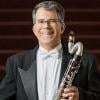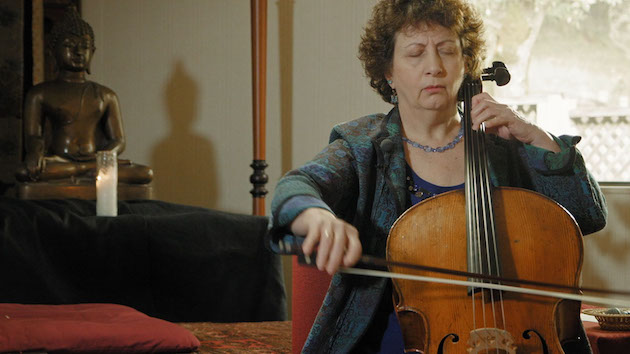
When people find out I play cello in a symphony orchestra, the question I’m asked most often is, “Why do you need a conductor? What do they actually do anyway?”
To the casual observer, a person holds a baton in front of an orchestra and waves his arms (or hers, as women shatter the glass podium), and 100 musicians play as one. What alchemy creates this synchronous mind-meld that brings Beethoven to life in all his raging defiance and melodic euphoria?
This is a topic I know something about, having played with at least a thousand different conductors starting in my Philadelphia elementary school orchestra shortly after I began the cello in third grade, continuing through youth orchestras, conservatory training, and a decade freelancing in New York. For the past 26 years I’ve played with the San Francisco Symphony, where we typically see about 20 guest conductors per year. That’s a lot of arm-waving.
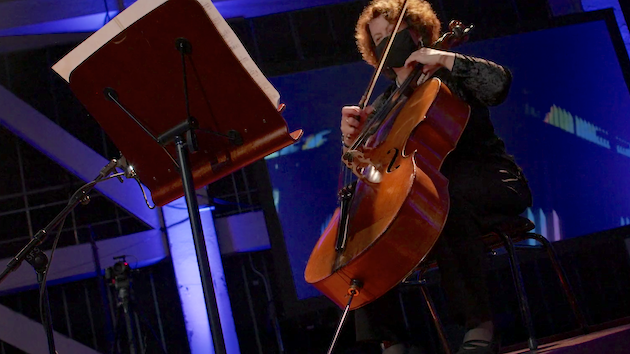
The late conductor Kurt Masur once explained his role in an interview: “The orchestra can play just fine without me up there — my job is to bring all hundred musicians to convene around a common esthetic, to put their full selves and emotion into the performance and follow me on a journey of discovery.” I remember a rehearsal of Brahms First Symphony that Masur conducted when I was subbing with the New York Philharmonic where he dropped his arms mid-phrase, a pained expression on his face. All fell silent to await his rebukes as he glared around every section. “It sounds not bad, noo-thing wrong with it,” he bemoaned in his thick German accent, pausing for effect. “But now play as if you sing “Happy Birthday” to one you love most!” The heartfelt sounds he elicited radiated joy across Lincoln Center Plaza.
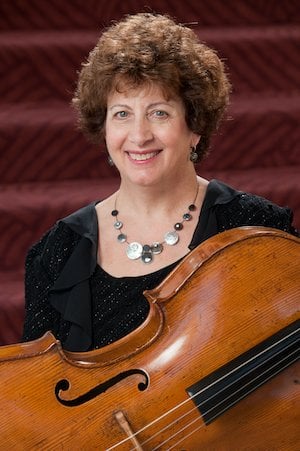
This moment came to mind several years ago when I spoke at a conference with the provocative title, “Being Human in a Technological World.” My talk posed the question, “Can a robot replace an orchestra conductor?” I asked participants to list all the things a conductor does and consider if a robot with a stick could do just as well. They began with the basics: show a clear beat and keep the tempo steady, cue instruments, modulate balance and correct mistakes in real time. Mr. Robot passed with flying colors.
Then we drilled down to the intangibles of musical expression.
Could the robot convey ecstasy, sadness, or grief in its facial expressions and physical gestures? Could it come up with poetic descriptions or expressive motions that indicate the meaning underneath the notes, responding to what players are doing in a single moment and encouraging them to dig deep within their own wells of creativity?
A great maestro, through the sheer force of his or her spiritual presence, can inspire musicians to play not with our hands but with our hearts. As Leonard Bernstein said, we can “use music to communicate the unknowable” — an extreme challenge for artificial intelligence.
The current times have brought challenges on every level to the orchestra world. Musicians are faced with catastrophic health consequences for doing what we do best: sharing music stands in close proximity and blowing air through instruments that aim every particle of our breath directly at the person on the podium. Last March when our concerts were canceled, we faced the painful question, what now?
At the San Francisco Symphony we’ve been forced to reimagine what possibilities remain as we transition from the long tenure of Music Director Laureate Michael Tilson Thomas to the new era of Music Director Esa-Pekka Salonen. For any orchestra, a change in artistic leadership means establishing a fresh partnership. MTT had 25 years to impart his musical ideas so that when we revisit the Mahler symphonies, we start from a place of shared understanding.
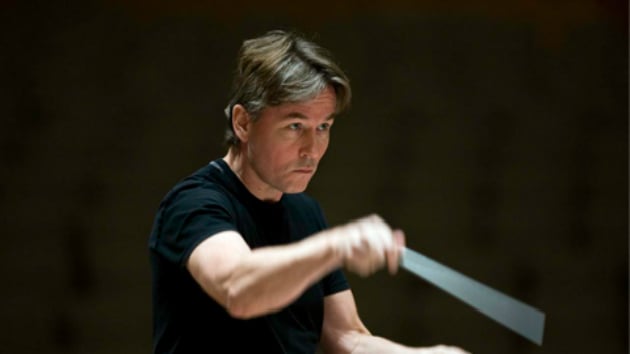
Now just as Esa-Pekka Salonen has arrived, we must navigate the limitations imposed by the global pandemic. Unable to play for live audiences in the concert hall, we moved online with Zoom-style concerts from our living rooms and backyards, smaller chamber ensembles, one-to-one concerts, and new cross-cultural collaborations. A team of media professionals was enlisted to help us pivot to production of audio and video content, as these efforts yield innovative results with the launch of an on-demand streaming digital season, SFSymphony+.
Recently we found a way to use advanced technology to create a live orchestral experience while still complying with city protocols that allow no more than 12 people in a room. Using a low-latency system of internet-based data transfer, several dozen masked musicians played simultaneously from different locations throughout Davies Hall. With some facing the conductor on stage and others watching him on video screens while listening on headphones, we felt the camaraderie of all playing together.
Despite being physically separated, we relished our romp through a rambunctious Haydn symphony, finding it surprisingly easy to maintain tempo and match articulations. In a movement of Ravel that required utmost flexibility, music flowed spontaneously as we responded to Esa-Pekka’s subtle gestures. Emerging from the impressionistic tapestry of Ravel’s music was the visceral connection that is the essence of a musical partnership. Plans are underway for making more music together with this system — not ideal, but as with so many relationships formed in these times, we’re discovering a path forward.
I had my own moment of discovery at a recent rehearsal of Entr’acte by contemporary composer Caroline Shaw. Toward the end of the piece, I had to play a cello solo that called for an introspective, improvisatory feeling and I wasn’t sure how to achieve the desired effect. I looked to the podium for guidance.
Esa-Pekka suggested, “Imagine you’re reciting a Hamlet soliloquy.”
I knew just what he meant.


